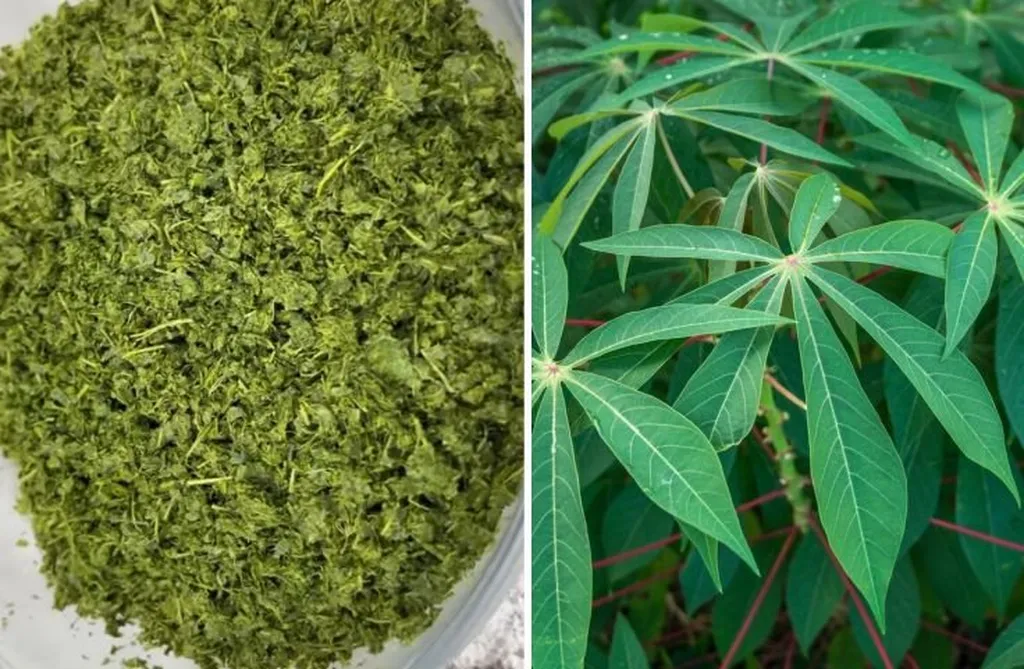In the quest for sustainable food systems, researchers have turned their attention to an often-overlooked powerhouse: cassava leaves. A recent study published in *Frontiers in Sustainable Food Systems* reveals that these leaves, when properly processed, could significantly enhance the nutritional value of cassava, a staple crop for millions. The research, led by Tagesse Lambebo from the Department of Food Science and Applied Nutrition at Addis Ababa Science and Technology University, offers promising insights into how processing techniques can unlock the full potential of this versatile crop.
Cassava, a vital food source for approximately 800 million people across Sub-Saharan Africa, Asia, the Pacific, and South America, is primarily consumed for its starchy roots. However, the leaves, rich in protein, fiber, and essential minerals, have long been underutilized due to the presence of anti-nutritional factors like cyanide, tannins, and oxalates. The study evaluated two cassava varieties, kello and qulle, subjected to fermentation, boiling, and fluidized bed drying, to assess the impact of these processes on nutrient retention and safety.
The findings are compelling. “We found that processing significantly reduces the anti-nutritional factors in cassava leaves,” Lambebo explains. “Fermentation followed by boiling and drying decreased cyanide levels by up to 83.4%, making the leaves safer and more nutritious.” The study also revealed that the leaves contain higher levels of essential minerals like calcium, potassium, magnesium, and iron compared to the roots. This suggests that with the right processing techniques, cassava leaves could play a crucial role in combating malnutrition in regions where cassava is a dietary staple.
The commercial implications for the agriculture sector are substantial. Farmers and processors could diversify their product offerings by incorporating cassava leaves into food products, thereby increasing the nutritional value and market appeal. “This research opens up new opportunities for the agricultural industry,” says Lambebo. “By refining processing methods, we can create value-added products that not only improve food security but also boost economic opportunities for farmers.”
The study also highlights the influence of genetic background on nutritional quality. The kello variety demonstrated a better overall nutritional profile than qulle, except for carotenoids, which were higher in qulle. This underscores the importance of exploring diverse germplasm to optimize cassava’s dietary benefits.
As the world grapples with the challenges of food security and sustainable agriculture, this research offers a beacon of hope. By harnessing the power of processing techniques and genetic diversity, we can unlock the full potential of cassava, transforming it from a mere staple crop into a nutritional powerhouse. The findings pave the way for further research and innovation, shaping the future of sustainable food systems and improving the lives of millions.

